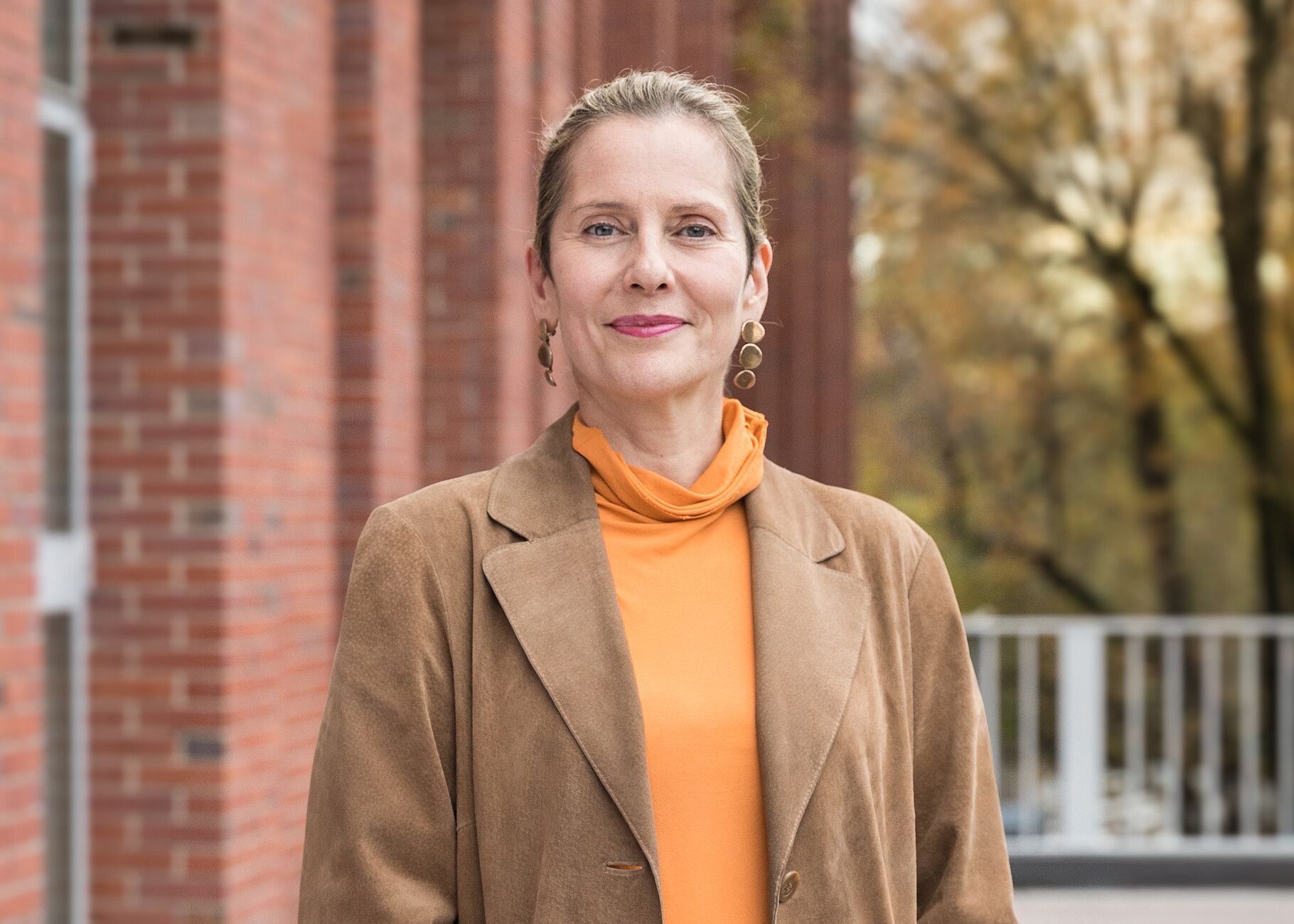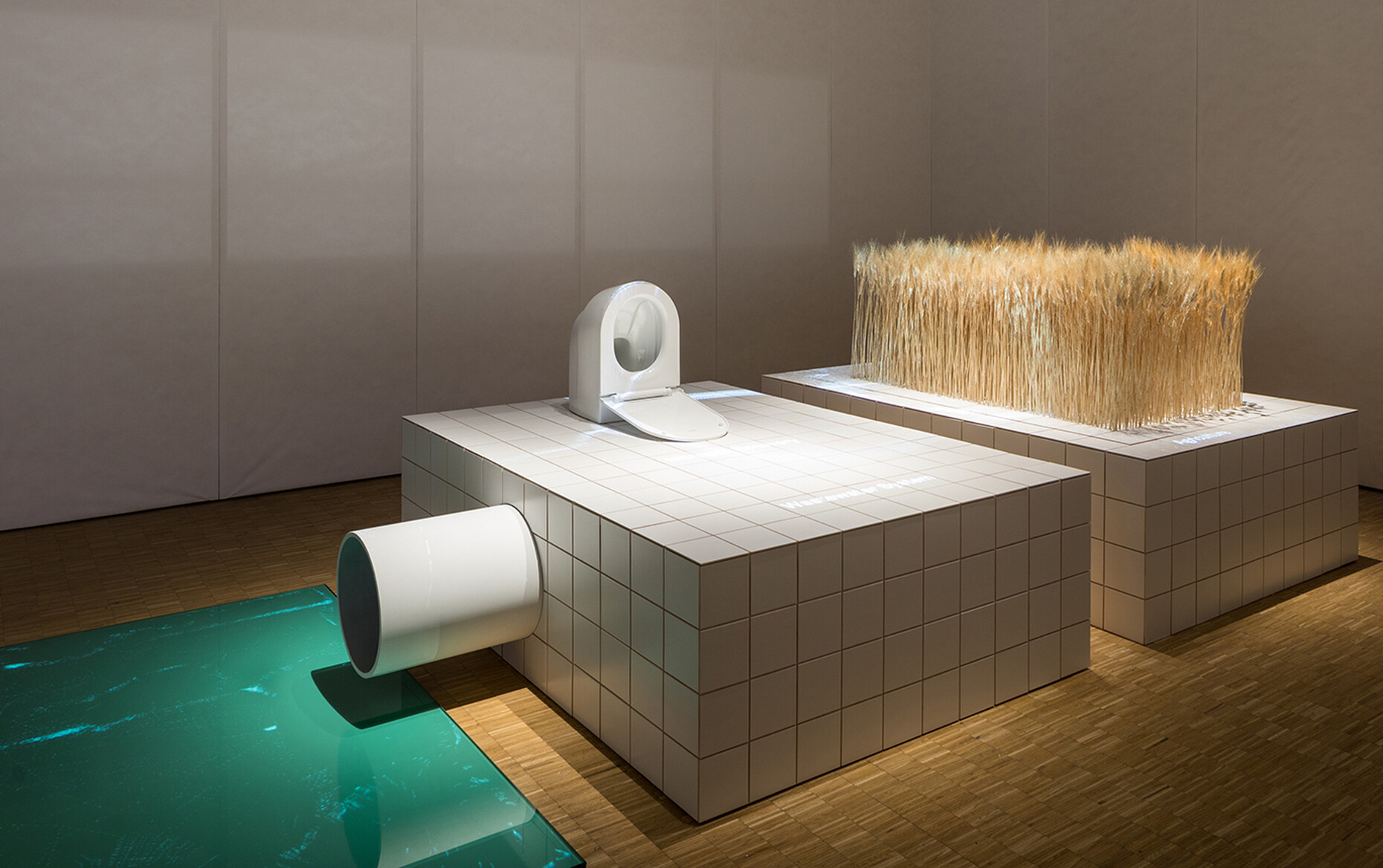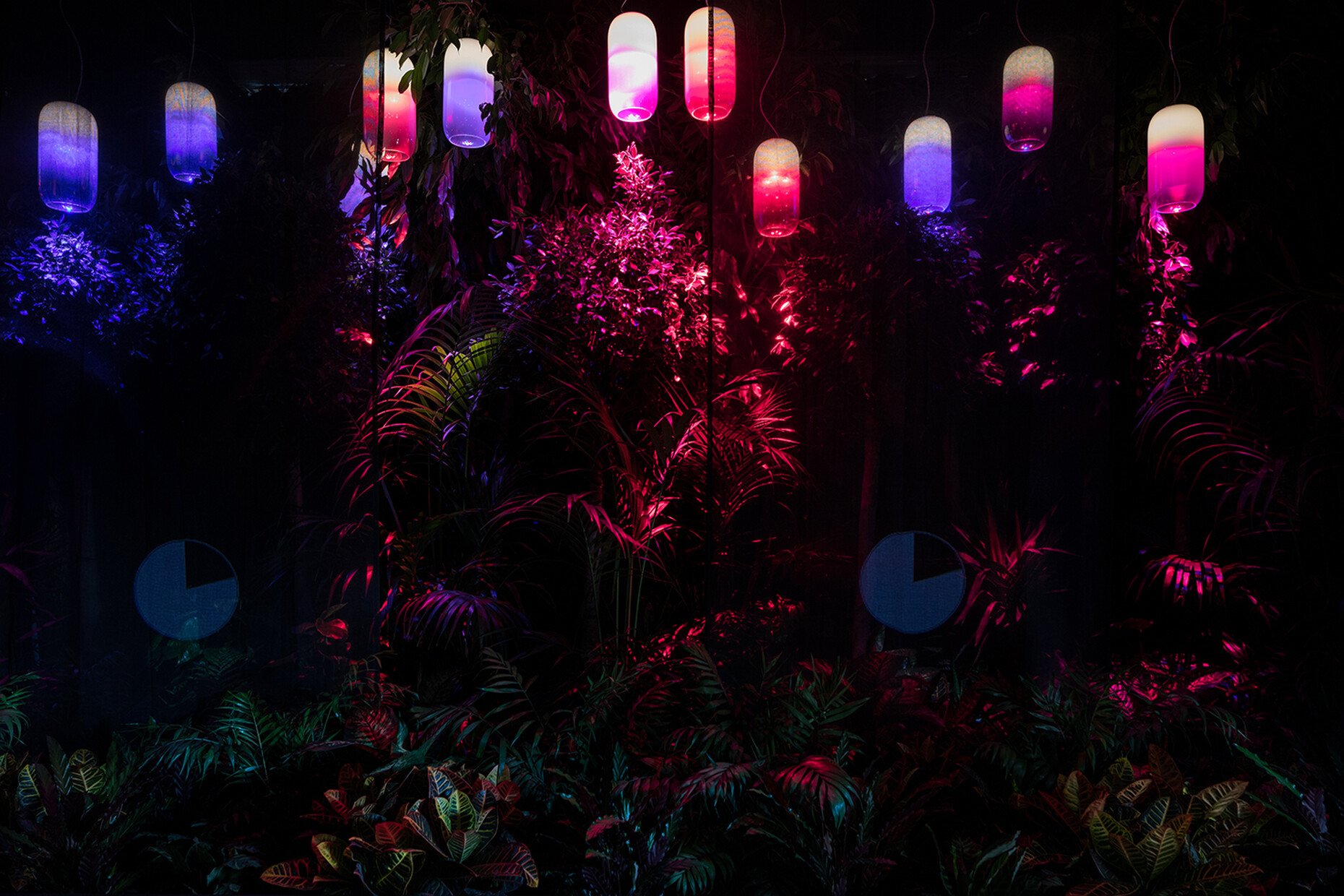SALONE DEL MOBILE 2019
From bottom to top
Anna Moldenhauer: What is behind the title “Broken Nature”?
Paola Antonelli: Design draws its inspiration from everyday life, and the role design plays in our existence is at the core of my work. Right now, one of the most pressing issues is that of climate change, the environmental debacle we are in.
The approach the exhibition takes is very broad-based, the 22 international contributions are about interfaces in technology, politics and science, about social constructs, design and architecture. Why did you feel it important to portray the topic in all its complexity?
Paola Antonelli: Our society and the systems we live in are very closely bound up with the ecological imbalance. There is a direct correlation between environmental and socio-political condition. In the last few years in particular this link has increasingly become a political and public opinion issue, what French philosopher Bruno Latour calls the “Politics of Nature.” Nature and the consequences of how we think and act are not two distinct entities. We ought to adapt our actions to the idea that we are one people among many, one society among many, one species among many, and as such, a part of a whole.
Meaning everything is linked to everything else?
Paola Antonelli: Indeed. Interconnectedness is one of the most important aspects. Our aim at the XXII Triennale is to get visitors to realize that we live in complex systems, and that if we want to live more constructively, we ought to not fear this complexity but rather accept it.
Given the numerous exhibits, how do you as curator make sure that visitors don’t lose their way?
Paola Antonelli: It’s ok if you lose your way a bit in Broken Nature. Exhibitions with a very strict, very prescriptive narrative can be a bit suffocating. We don’t want to tell visitors what to do. Instead, we want them to be able to make their own discoveries and get a keener sense of nature and restorative design. Broken Nature aims to leave a lasting impression, one that changes the way we act with regard to nature. Recognizing complexity and linkages, and countering them with creative ideas and motivation to change behaviors – those are the core messages of the XXII Triennale di Milano.
What role, in your opinion, do creatives such as designers, architects, and artists play in the communication of ideas for change?
Paola Antonelli: They can be part of a taskforce. No one discipline can save nature, neither science, nor technology or politics. It is about coming together. Design is the enzyme that enables innovations to come to life. Without designers, even the most astonishing scientific revolutions would not become reality. They would not become revolutions for all humankind. From the microwave oven to the Internet, designers translated progress in technology and science into everyday life and made these insights available to one and all. As such, designers and artists are extremely important in any group whose mindset addresses the present day and the future.
“Broken Nature” also reflects the progress in the interfaces between the disciplines. What is important to you in this respect?
Paola Antonelli: There is still a lot to do. Communication is very important. You have to demonstrate just what is possible, because a lot of people still think that designers primarily busy themselves with posters or cute chairs. It is about improving communication and showing how design can be integrated into both decision-making processes and the construction of prototypes. The outcome should be new approaches that have a positive impact on everyday life.
Is there any one contribution to “Broken Nature” that fascinated you in particular?
Paola Antonelli: There are so many wonderful installations and objects, it is impossible to choose one. When it comes to the international participations, this year the Triennale bestowed the Bee Awards for the first time, which honored contributions from Australia, Austria, and Russia. There are also impressive installations such as The Great Animal Orchestra, a sound installation by the bioacoustician Bernie Krause and the studio United Visual Artists, who whisks us away into the sounds of nature, and the exhibition The Nation of Plants by Stefano Mancuso, one of the world’s leading experts on plant neurobiology – it reveals just what we can learn from plants.
Issues such as zero waste, slow fashion, and quality instead of quantity are currently being discussed ever more openly. On top of which, marches for a change in climate policy and more environmental protection are increasingly attracting the young generation. Are we on the right path?
Paola Antonelli: You have to start somewhere, demand determines supply. More than 1000 schoolkids gathered in the Triennale last Friday, calling for environmental protection. They are part of an international movement that very much communicates via social media. These young people know exactly what they want, and in future it is their purchasing power that will influence the market. It is a bottom-up movement, as indeed is the Triennale. Broken Nature is intended for the people, for kids and adults. Manufacturers have an obligation to show what they can do to protect and replenish the environment, and what they intend to do. Pure recycling is just one strategy and it is not really efficient. Repair has many levels.
So “Broken Nature” is intended to motivate visitors to want to change something about the wretched situation?
Paola Antonelli: Exactly. Exhibitions of this nature help make members of the public aware of their responsibility, and motivate them to put their ideas for improvement into practice.
Is there anything you yourself try out with a view to living more sustainably?
Paola Antonelli: I live in New York City, in Manhattan to be precise, and unfortunately the city is still a long way behind when it comes to waste disposal. In most districts people have never even heard of composting. I do my best, always take my own shopping bag to the supermarket and only use glass bottles. I try to be mindful on a small scale. As I said: You have to start somewhere.
XXII Triennale di Milano, Broken Nature: Design Takes on Human Survival
La Triennale di Milano
Viale Alemagna, 6 20121 Milan
Through September 1, 2019
Opening times:
Tues. thru Sun.: 10:30 a.m. thru 8:30 p.m.


















